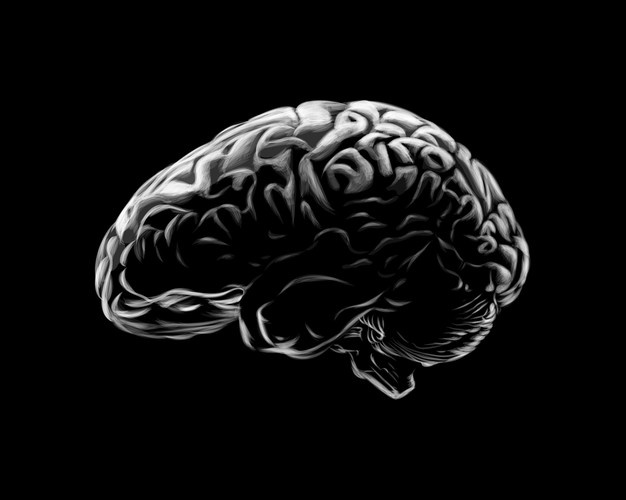 |
| Image Source-Google | Image by- | freepik |
When regarded with MRI, glioblastomas often seem as ring-improving lesions. The appearance is not precise, however, as other lesions inclusive of abscess, metastasis, tumefactive more than one sclerosis, and other entities can also have a similar look. Definitive prognosis of a suspected GBM on CT or MRI requires a stereotactic biopsy or a craniotomy with tumor resection and pathologic confirmation. Because the tumor grade is primarily based upon the most malignant portion of the tumor, biopsy or subtotal tumor resection can bring about under grading of the lesion. Imaging of tumor blood glide using perfusion MRI and measuring tumor metabolite concentration with MR spectroscopy can also add diagnostic cost to standard MRI in pick cases through showing elevated relative cerebral blood volume and multiplied choline top, respectively, but pathology remains the gold well known for diagnosis and molecular characterization.













